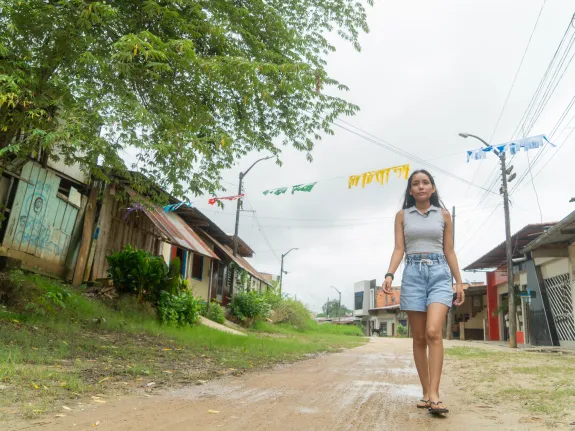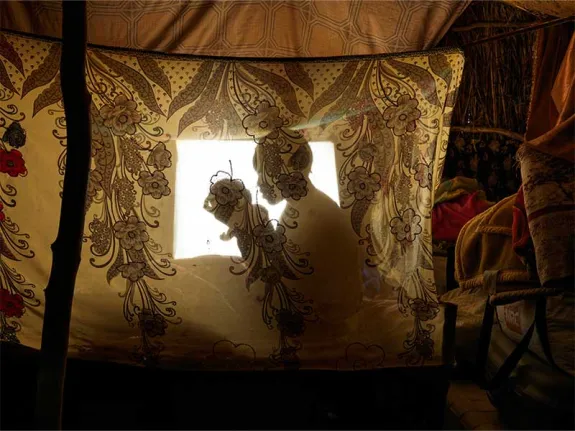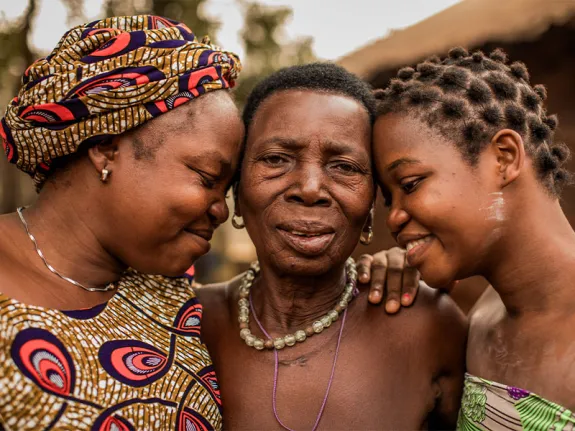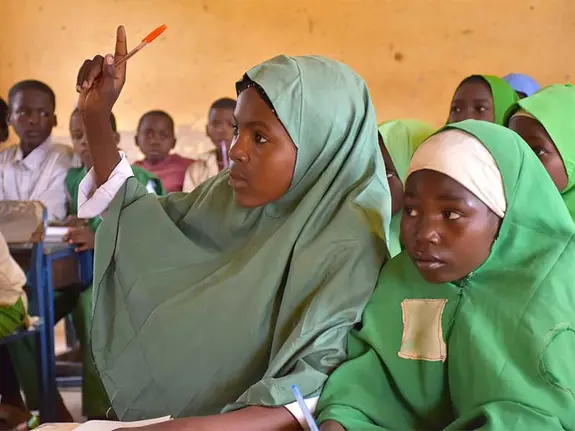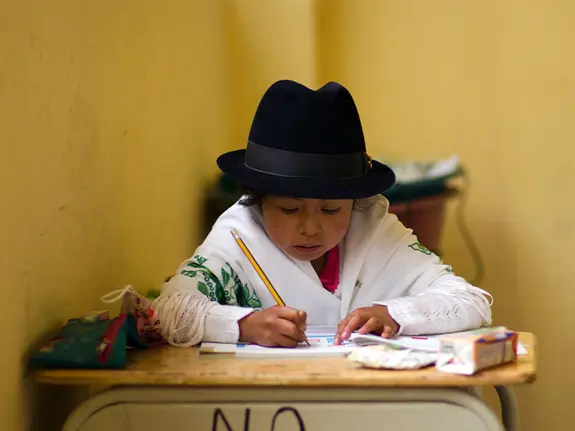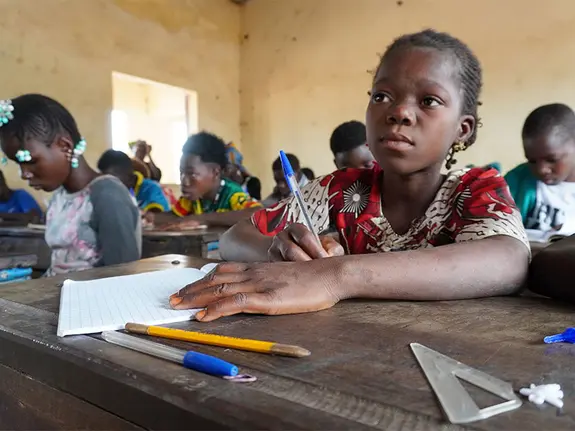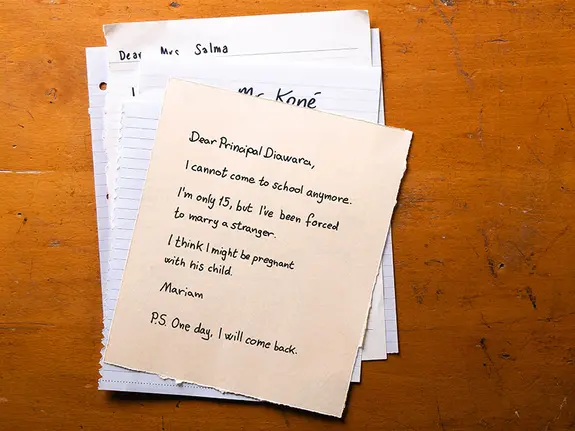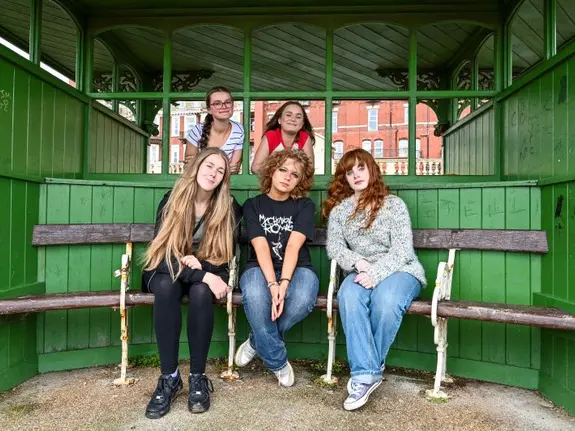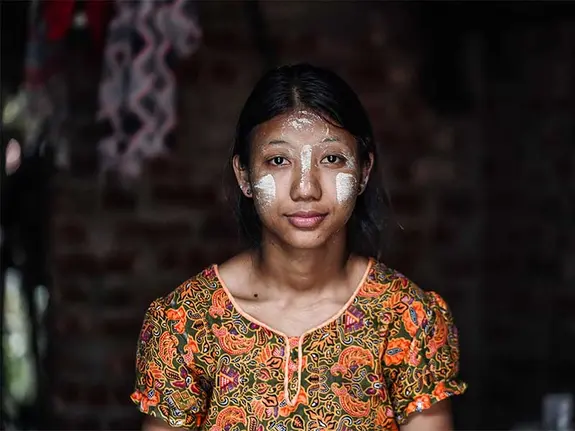Why climate change is a girls’ rights issue
The world’s poorest communities are being hit hardest by climate change – and it’s girls who are affected the most
Share this article
In northwest Cambodia, the seasons have been changing. The dry season is getting hotter and longer, while flooding is becoming more frequent – and climate change is one of the reasons.
For five-year-old Chana and her mum, Lem La, that’s meant one thing: drought. It’s left their well running low on water and their rice paddy only producing one harvest a year, instead of two.
“We can’t make a good livelihood anymore,” Lem La explains. “I can no longer see a future in farming, but there aren’t any other opportunities for me either.”
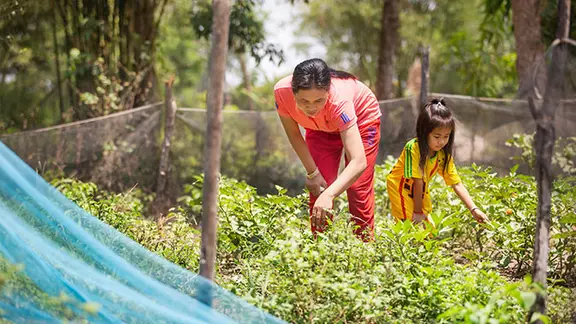
Last year, climate shocks and stresses left 29 million people around the world in situations of acute food insecurity. By 2030, extreme weather events and their impacts are expected to push 100 million people back into poverty.
That’s why, as the 2019 UN Climate Action Summit gets underway, we’re calling on governments globally to recognise and address the increased risks faced by girls in the climate crisis.
A devastating impact on girls' lives
Around the world, it’s the poorest regions that are being hit hardest by climate change.
Within these communities, it’s girls who are affected the most. They’re already facing inequality and discrimination because of their gender, age and poverty. Now that’s being amplified by the impact of climate change, making this one of today’s most urgent girls’ rights issues.
We’re already working with girls and young women affected by disasters. We know there will be more to come – and that they’ll have a devastating impact on girls’ lives.
- As water and firewood become less accessible, girls are spending more and more time collecting these essentials for their families – putting them at risk of violence and increasing the likelihood of them missing out on school.
- Girls’ education is often the first thing families sacrifice when financial resources are in short supply.
- Girls are at greater risk of child marriage when their families face economic hardship, leaving millions of girls at risk of sexual and physical abuse, early pregnancy and maternal death.
Meanwhile, for girls and young women forced to leave their homes – because of a lack of natural resources or access to the income they need to survive – there are multiple challenges to face, including a much higher risk of exploitation, as well as the loss of their education, community support and livelihoods.
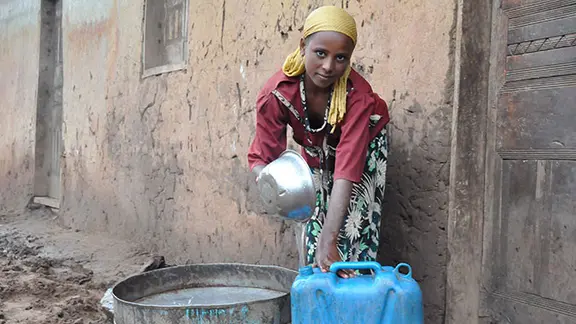
One of the most profound consequences of climate change will be a reversal of progress on girls’ rights and gender equality.
Young people are increasingly worried about their futures, as the youth-led global climate strikes taking place around the world show.
We have to make sure they have a platform to raise their voices and be included in climate decisions, especially those from the most marginalised communities. And as those on the frontline of the climate crisis, girls and young women especially need to be included in political decision-making.
It’s also vital that girls’ education is recognised as a powerful climate solution, and a way to increase girls' resilience to climate change and strengthen their ability to promote environmental protection.
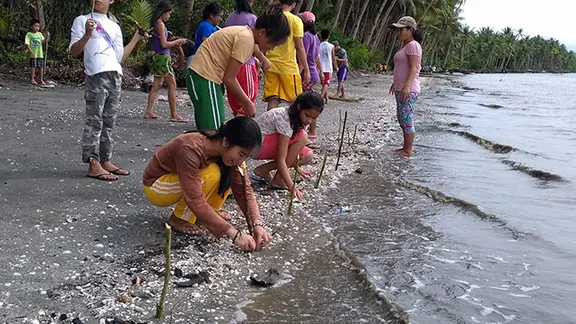
In Cambodia, Lem La also hopes education will help Chana build a more stable future.
She’s been part of Plan International’s savings and loans group for the past two years and has used some of the profit to buy a used bicycle so she can take Chana to school.
“I’m going to do everything I can, so that Chana can achieve her goal of becoming a doctor,” she says.
“Her going to school is the most important thing to me. Only with a good education can you manage in the future.
Sources: Food Security Information Network (2019) Global Report on Food Crisis 2019 and UNDP (2017) Climate Change, Food Insecurity and Resilient Livelihoods in South Sudan
